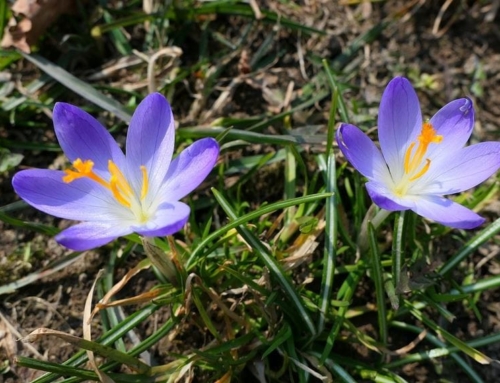Severe decrease in saffron production in Kashmar city
The director of Kashmar Agricultural Jihad said:
Unfortunately, saffron farmers are dissatisfied with the production of this year.
Seyyed Abolghasem Mousavi stated:
The cold of winter last year and the intense heat of summer caused a sharp decrease in rainfall,
intensification of drought and reduced discharge of water resources in the city.
Drought caused insufficient irrigation for this valuable crop.
He added:
These factors caused us to face a sharp decline in production this year.
However, it is still not possible to announce the reduction of production until the end of the harvest.
Mousavi announced the beginning of saffron harvest from 5500 hectares of farms in the city and said:
This harvest has started in the two central parts and the Red Mountain.
He suggested to saffron growers to spray with micronutrient fertilizers in February to increase the growth and greenness of the crop,
and to refrain from harvesting or grazing the fields until the leaves turn completely yellow in the spring of next year,
in order to strengthen and Take care of this product, we will see good performance next year.
Kashmar city with two central parts and the Red Mountain,
and to the center of Kashmar city has occupied an area of about 3390 square kilometers of Khorasan Razavi province.
The city is adjacent to Khalilabad in the west, Neyshabur, Sabzevar and Bardaskan in the north and northwest,
Torbat Heydariyeh in the east and northeast, and Gonabad in the south and southwest.
Kashmar city has two mountainous areas of Red Mountain in the north and Fagan Bajestan heights in the south and desert and arid regions in the west and south and fertile plains in the suburbs and towns.
In terms of climate, it can be said that Kashmir has all three types of climate because the northern parts of the city are mountainous and cold, the central regions are temperate and the southern regions are arid and semi-arid due to its proximity to the Lut Desert.







Get Social